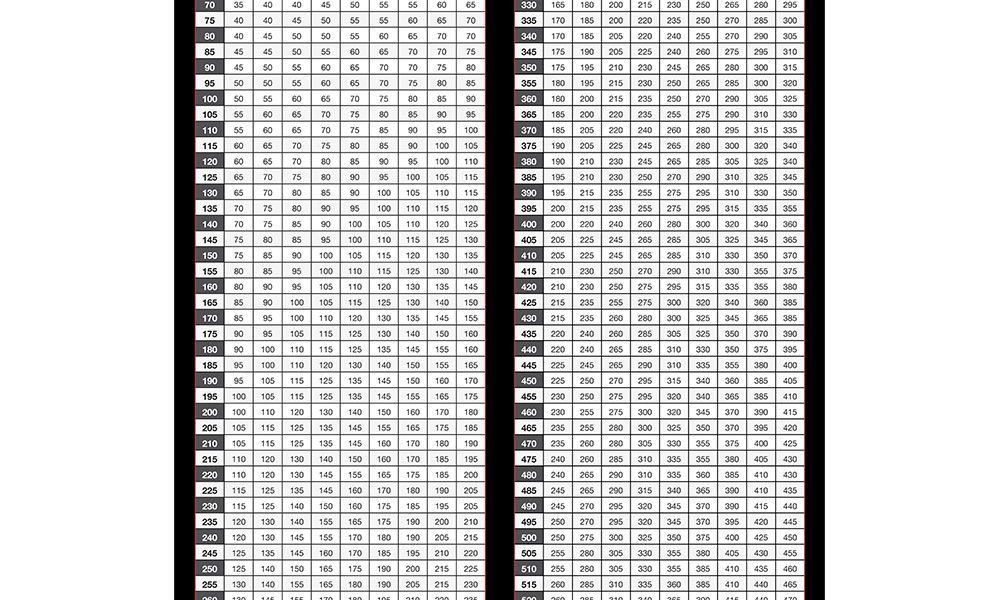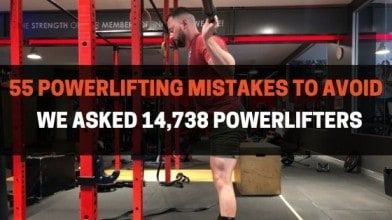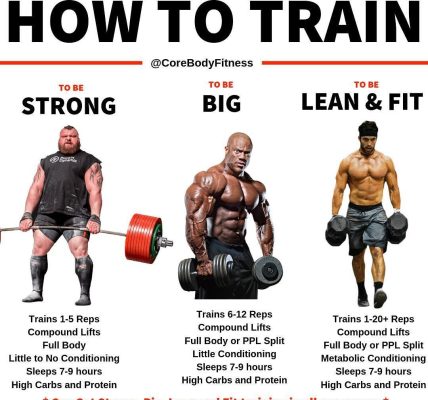In the world of powerlifting, athletes constantly strive to push their limits and achieve new feats of strength. While the one rep max (1RM) has long been the gold standard for measuring strength, advanced powerlifters understand that there is much more to the sport than simply lifting the heaviest weight possible for a single repetition. This article explores some advanced powerlifting techniques that go beyond the conventional one rep max, allowing athletes to reach new levels of strength and performance.
1. Cluster Sets
Cluster sets involve performing repetitions within a set with short intra-set rest intervals. This technique allows lifters to maximize their total volume load while using heavier weights. By breaking down a heavy weight into smaller, manageable portions with brief rest intervals, cluster sets help to improve both strength and hypertrophy. In a typical cluster set, an athlete might perform three reps with a heavy weight, rest for 10-20 seconds, and repeat the cycle until the desired number of reps is completed.
2. Accommodating Resistance
Accommodating resistance involves using specialized equipment, such as bands or chains, to provide a variable resistance curve throughout the lift. This technique helps to address strength curve deficiencies and improve explosive power. As the lifter moves through the range of motion, the resistance increases progressively, making the lift more challenging towards the end. Accommodating resistance can also help to enhance muscular activation and stability, leading to greater overall strength gains.
3. Velocity-Based Training
Velocity-based training (VBT) employs technology, such as linear position transducers, to measure barbell velocity during different phases of the lift. By monitoring the speed at which the barbell is moving, lifters can optimize their training to target specific strength qualities. VBT provides valuable feedback on an athlete’s power output, allowing for more precise load manipulation and ensuring optimal performance. This technique is particularly beneficial for powerlifters aiming to improve their speed-strength capabilities.
4. Eccentric Overload Training
Eccentric overload training involves emphasizing the lowering (eccentric) phase of a lift, which can lead to greater strength adaptations. By using a supra-maximal load during the eccentric phase, athletes can experience higher levels of mechanical tension and muscle damage, triggering greater muscle growth and strength gains. Eccentric overload training can be achieved through techniques such as eccentric accentuated repetitions, tempo training, or using specialized eccentric loading devices.
5. Complex Training
Complex training combines heavy strength exercises with high-velocity power exercises for enhanced neurophysiological adaptations. This technique takes advantage of post-activation potentiation (PAP), which refers to the phenomenon of increased muscle contractile performance following a heavy lift. By performing a heavy strength exercise immediately followed by an explosive power exercise that targets the same muscle groups, powerlifters can tap into the heightened muscle recruitment and force production, ultimately leading to improved power output during subsequent lifts.
Conclusion
Beyond the one rep max, advanced powerlifting techniques offer athletes the opportunity to enhance their strength training, break plateaus, and reach new heights in performance. Cluster sets, accommodating resistance, velocity-based training, eccentric overload training, and complex training are just a few examples of these advanced techniques that can prove invaluable for powerlifters seeking continuous improvement. Incorporating these methods into training routines can challenge the body in unique ways, leading to increased strength, power, and overall performance on the platform.



